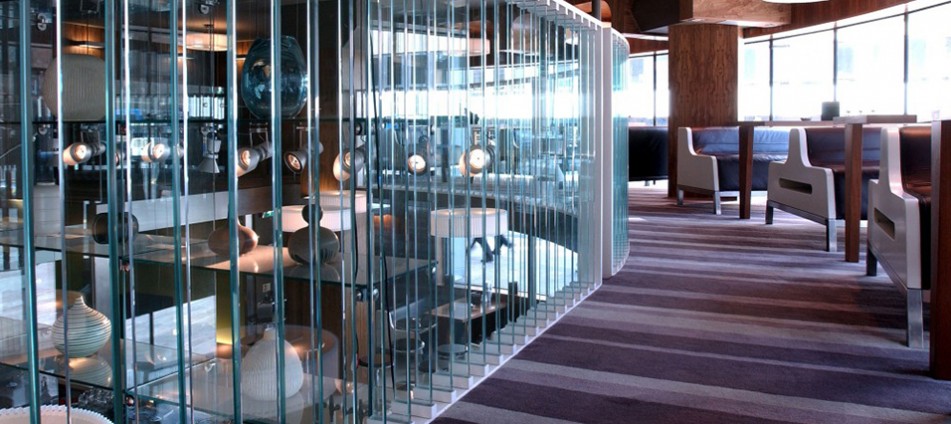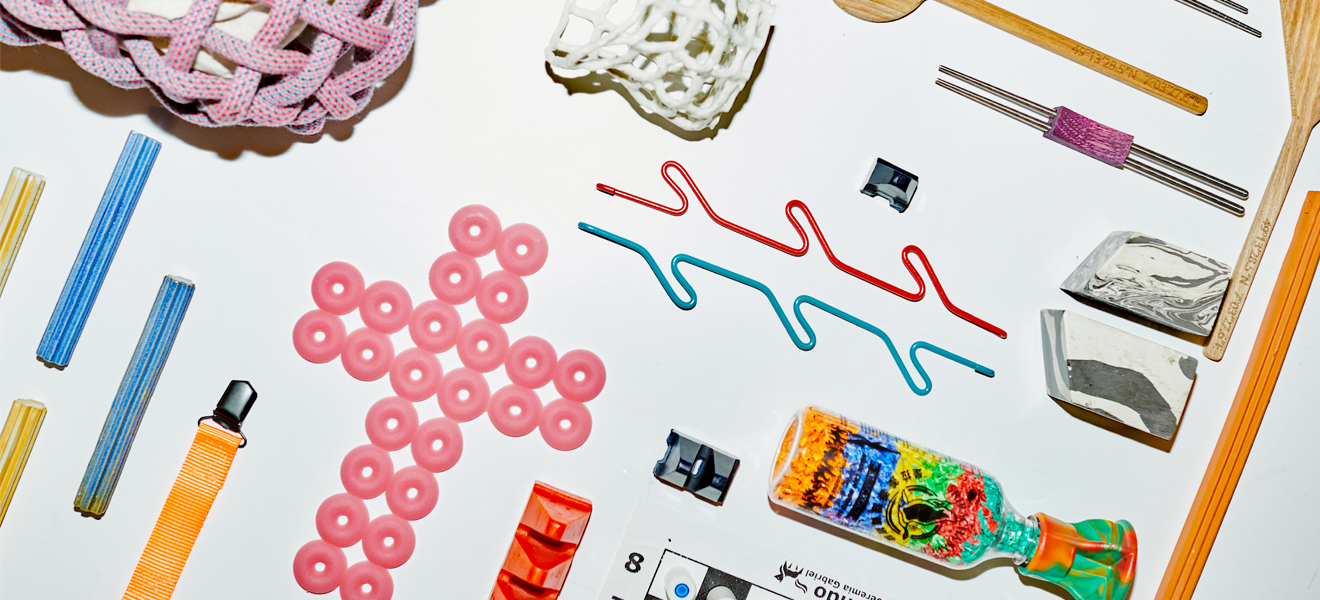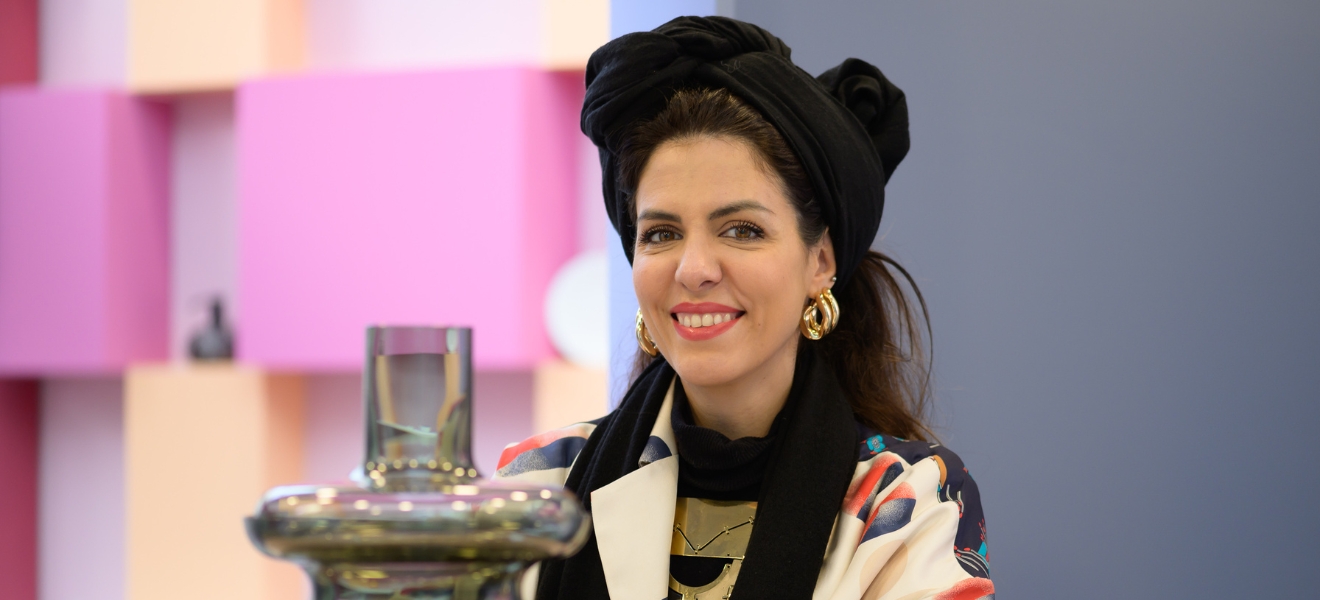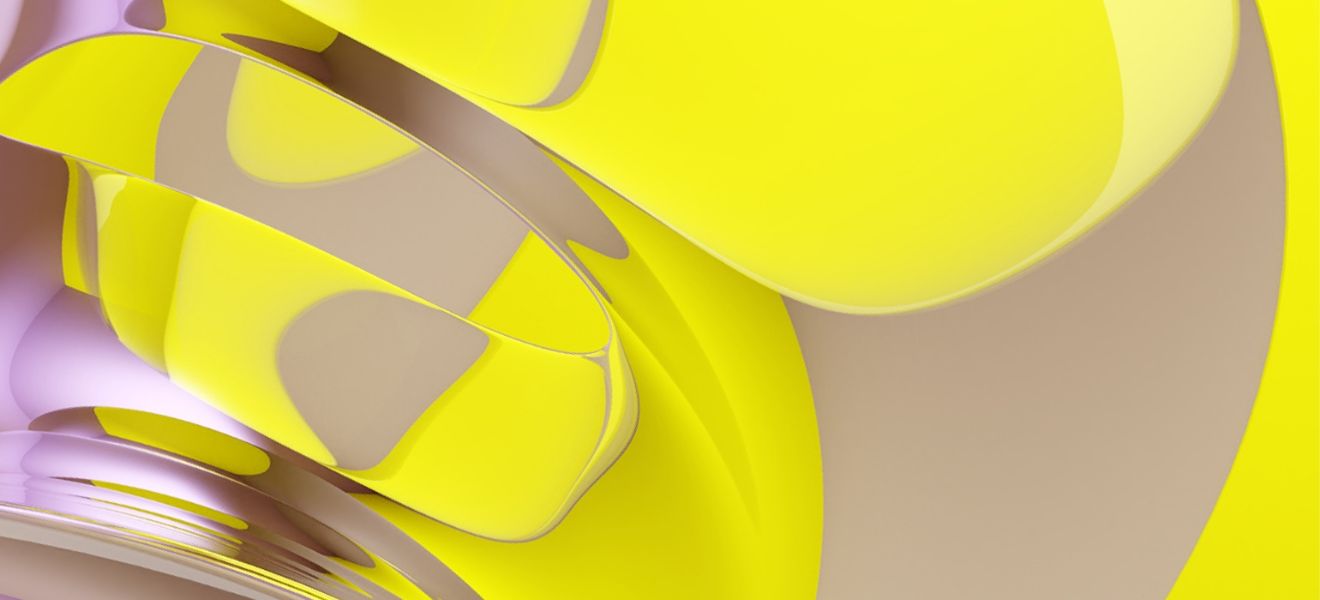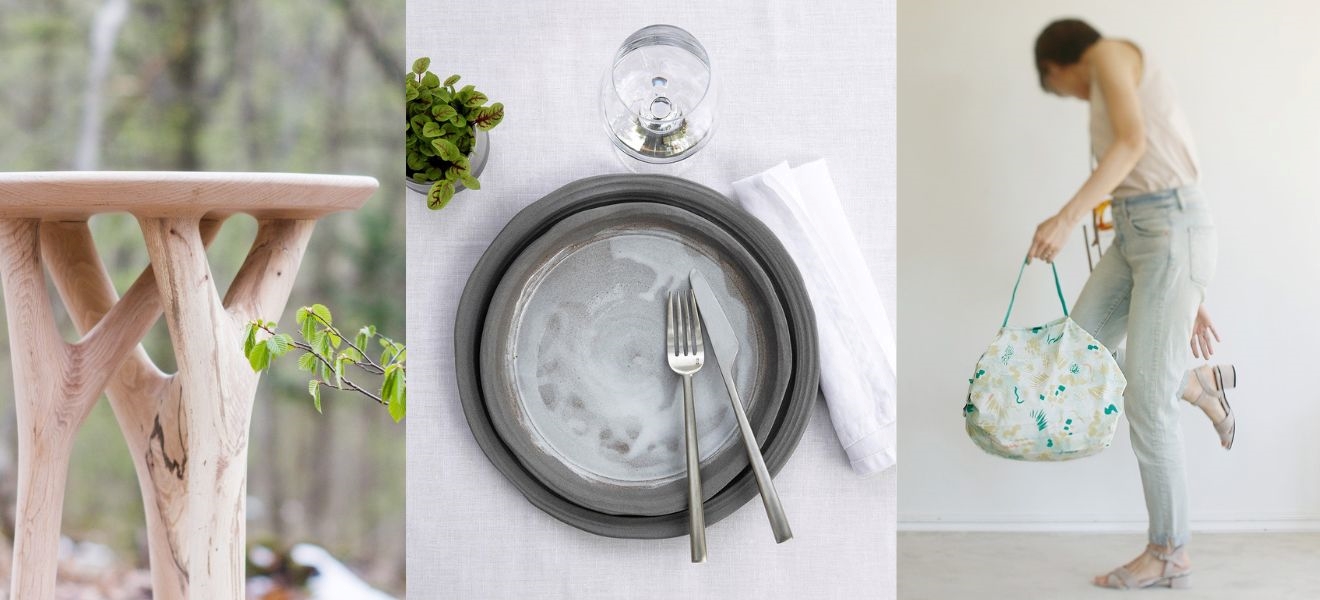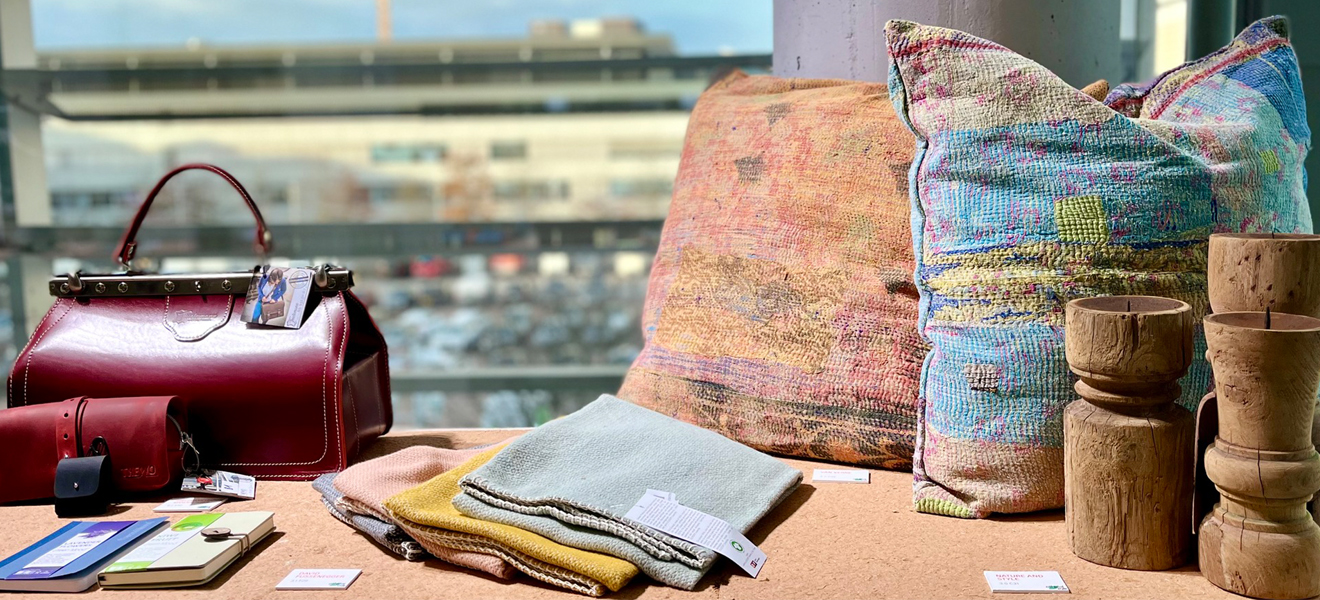Interior designer and author Janice Kirkpatrick reignites the charisma in historic spaces with her clear aesthetic and luxury touches. The Scottish star is expertly curating the partner country presentation in Frankfurt this year. In our interview we discussed designing filmic places, without which Glasgow would lack a little sparkle.
Buchanan Street, The Argyll Arcade. This is the place for exclusive shopping in Glasgow. The dynamic Scottish city has long rivalled London in terms of style and fashion. Some of its top spots for shopping, going out and staying over bear the signature of Professor Janice Kirkpatrick – she has an astonishing and original knack for bringing 18th and 19th century interiors gracefully into the modern era. We wonder if that’s typical for British design?

- Janice Kirkpatrick
Ms Kirkpatrick, where does British design stand in comparison to the rest of the world? What current trends can you identify? Does tradition play a greater role there?
The UK has a long track record in designing for industry that dates back to the 18th century Industrial Revolution. It also has a long tradition of design education and innovation that means it’s second nature for us to be creative mavericks.
Our island location is also perfect for designers, as we’re natural voyeurs and it gives us a great vantage point to watch Europe and the rest of the world.
Which of Graven’s landmark projects are most important to you, and why?
The projects happening right now are always our most important projects. While we gather skills, experience and great clients along the way, we’re always focused on the horizon and the projects we’re working on right now – these include Radisson BLU and RED hotels, various workplaces, a new cosmetics brand for a company in Ethiopia and our own range of Graven products.
What is the relationship between design and function in your view?
We’re only as good as our last project and every design move we make must positively support the operation of a business. Function is fundamental to our design approach, but function can be cultural as well as utilitarian or financial.
Where do you get your creativity from, what inspires you? Is it related to switching between the worlds you live in, your farm life on one hand and the design studio on the other?
To be human is to be creative, but the thing that makes me different is my professional process that allows me to make something of worth from just about anything – that’s what’s so special about design. I’m naturally curious and I find the natural world endlessly inspiring, much more than the city!
Large chain hotels are often interchangeable in appearance. Standing in the lobby, there’s nothing to indicate whether you’re in Rome, Berlin or London. How do you create character and recognition in buildings that belong to global companies?
By taking time to get under the skin of a place and understanding what makes it unique. Every place is different and special, and is much more than its national monuments! You can tell if someone has really made the effort to uncover true insights about a place rather than focus on obvious things that everyone knows. It’s then the job of design to translate these special characteristics of a place into an environment or products.
Glasgow and Frankfurt am Main are both cities with a proud history and great architecture: are there any parallels between the two? How would you describe the spirit of Glasgow?
Glasgow’s very much a post-industrial city but it still places a high value on creativity, on having a global outlook and on manufacturing things. It has a large creative community and likes to be a provocateur! It’s many years since I last visited Frankfurt am Main. Like Glasgow, I remember it as a handsome city, and both cities have famous rivers. I look forward to visiting Frankfurt again in February as it has many new buildings for me to visit.
But back to Glasgow: who could resist such a gem from a bygone era? The Corinthian Club is one of Glasgow’s most lavishly decorated buildings, both outside and in. You might say Janice Kirkpatrick had designed the restaurant and bar to shine from as many facets as an art deco necklace. Guests are made to feel sophisticated, not least in absolutely spectacular cocoon chairs in the dining room. This designer also hits the right note at health food snack bar Martha’s in St. Vincent Street. It’s an intimate place where Janice sought the perfect solution for a very specific task. The shop had to be set up for passing trade, spending a short time, buying healthy fast food. Janice Kirkpatrick’s trademark large lampshades add sculptural shape to the space. This fine design must have caught the eye of many a design student wending their way through Glasgow. Perhaps they’ll also have noticed the venerable Clydesdale Bank building?

- The Corinthian Club, Glasgow

- Martha’s, Glasgow

- ROX, Glasgow

- Clydesdale Bank, Glasgow
Should design students be more market-oriented and think like entrepreneurs?
Most importantly design students should be educated to be designers with a strong creative process and drawing skills. Designers are by definition entrepreneurial because design is an industry in itself, and an essential component in most successful businesses whatever their sector.
If you could start again from scratch and had an unlimited budget, how would you shape the perfect design degree for the future?
Drawing, drawing, drawing…
What was the last novel you read, or is there a novel, story, poem that fascinates you?
I’m reading the Outlander series by Diana Gabaldon, which is highly entertaining and is filmed near Glasgow, and Neil Gaiman’s American Gods.
Your new book is out soon, what’s it about?
I’m writing a book called Brands for Boards which explains why brands belong in the boardroom rather than in the marketing department.
What is your design style at home? Do you have any favourite designs?
Probably a mongrel ‘Vernacular Scottish/Scandinavian’! Home is not a business and at home there are no design rules. I live in an old Ayrshire hill farm that’s been around at least since the 15th century. It’s a simple vernacular building and it’s furnished with a mixture of old and new things. I like things that get better with age and these can be traditional or modern. The older I get the more I avoid wilfully stylish products because they quickly become irritating to live with!
